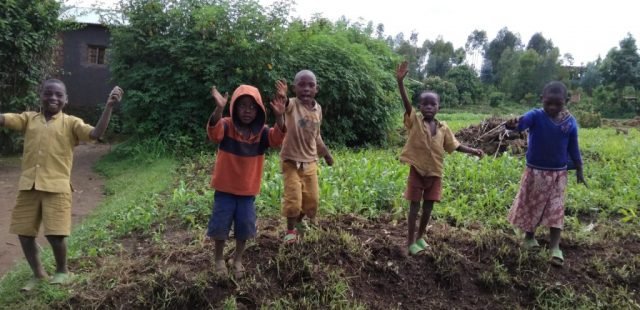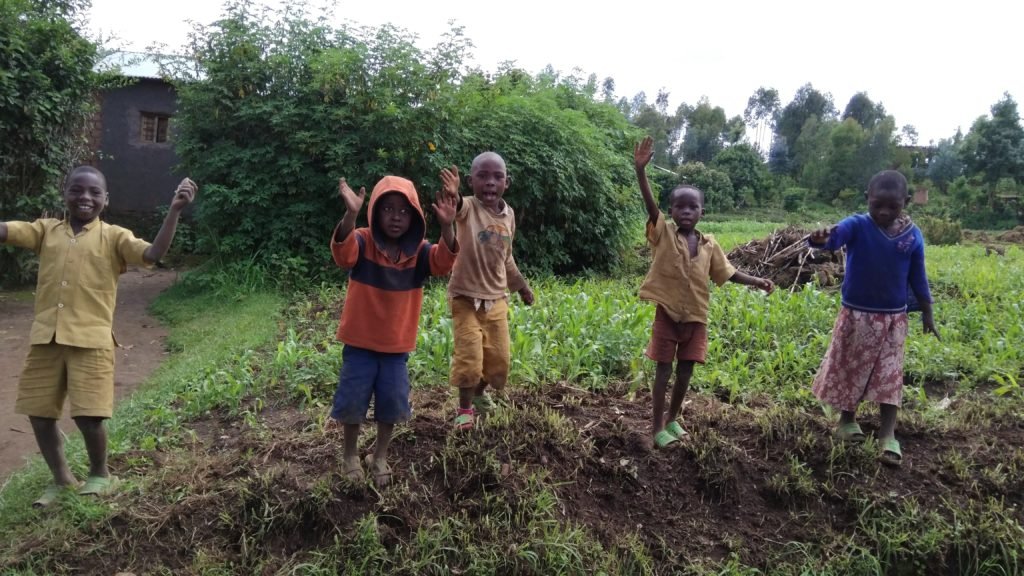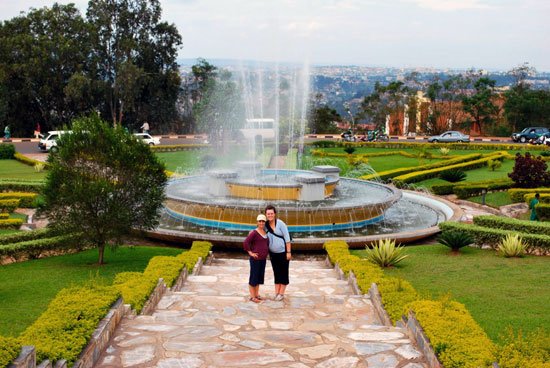Did you know that African wax print clothing fabrics (commonly known as ‘Ankara’ in West Africa’ and ‘Kitenge’ in East Africa) was first produced in Indonesia?
West African soldiers, who were serving in Indonesia in the 1800’s, started to import the fabrics into Africa. Later, European traders replicated the fabrics using modern machinery, particularly the Dutch who are one of the main producers of the fabrics today.
Have you discovered African Wax Print Clothing and would like to learn more? Or would you like to know more about the current market and what is causing African textile mills to close? Continue reading to find out how you can help support the African textile industry…
Method
The method of producing African wax print fabric is called batik. The designs are printed onto the cloth using wax before dye is applied to add usually 2 or 3 colours. The crackling effect displayed on the cloth is caused by the wax-resist dyeing technique.
Features & Benefits
The 100% cotton cloth keeps you cool in hot climates and warm in cold climates. The colourful, vibrant and bold prints are fun to wear and make you feel good. Wearing modern African print clothing can make you stand out in the crowd. Be unique, be different and add some colour to your life!
Hidden Meanings
African wax print fabrics are associated with Africa because of their tribal patterns and motifs. Each design and colour can reflect local traditions, culture and symbols such as the tribal, marriage and social status of the wearer. Some African women use them as a non verbal way of communication.








